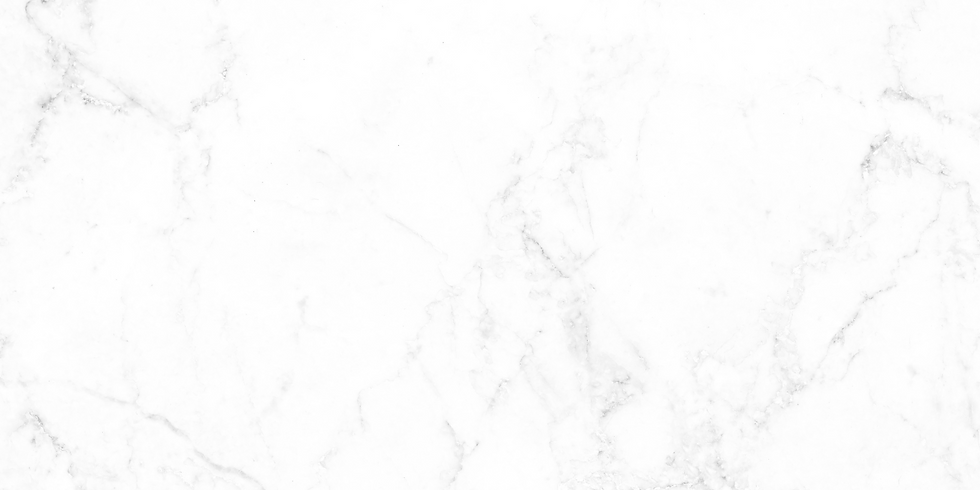Winter & Chemical Peel
- Santa Fe Skin Institue

- Jan 9, 2023
- 2 min read
January

marks a new year in which to conquer resolutions, a chemical peel is a way to give your face a fresh new start. Although you can choose to get a chemical peel any time of the year, the best times to book your appointment are between November and February. Why? Because when temperatures drop and there’s less moisture in the air, skin dries out. Chemical peels are designed to remove dry, damaged skin to reveal smoother, more hydrated skin underneath
Chemical Peels expose deeper layers, which means skin is much more sensitive towards heat and UV rays post-application. By getting a chemical peel during cooler, winter months, your skin is much more protected during the recovery/healing stages. This is especially true for those receiving treatment in multiple sessions or choosing a deeper peel procedure.
What Happens During a Chemical Peel?
There are three types of chemical peels: light (reduces signs of aging and sun damage), medium (reduces wrinkles, skin pigment changes, and blemishes), and deep (reduces severe wrinkles, sun damage, and skin texture).
Light: During a light PCA chemical peel appointment, the skin is cleaned and treated with a solution typically containing glycolic or salicylic acid. The solution then goes to work removing the damaged outer layers of skin that have been exposed to environmental toxins, dry conditions, and other negative factors. When the procedure is over, you may notice your skin is red, dry, and slightly irritated, which is especially common for first-time chemical peel side effects. Treated areas develop new skin in about four to seven days.
Medium: A medium PCA chemical peel involves applying a chemical solution containing trichloroacetic acid, which is sometimes combined with glycolic acid. After a few minutes of application, a cool compress is used to soothe treated skin. You may feel a stinging or burning sensation after the application and your skin will be red, tight, and a little swollen. A protective ointment like petroleum jelly may be used to further soothe the skin. The treated areas develop new skin in about one to two weeks.
Deep: During a deep PCA chemical peel, skin is treated with carbolic acid (phenol). To keep exposure limited to this acid, the procedure is divided in 5-minute intervals. After application, you will see severe redness and swelling. New skin will develop after two weeks.
If you’re interested in getting a chemical peel, we’d be happy meet with you to ensure you’re a good candidate for this procedure.
AUTHOR
Garrett Werner Executive Director & Co-Founder Santa Fe Skin Institute At the helm of Santa Fe Skin Institute is Garrett Werner’s who's executive business background spans the globe from New York City to Seoul, South Korea. As the Architect of the Worlds First Human Stem Cell Reparative Sheet Mask he is an expert in aesthetic services and skincare advancements. His previous knowledge and current trend setting advancements gives SantaFe Skin Institute a distinction like none other in the Mountain West.





Comments